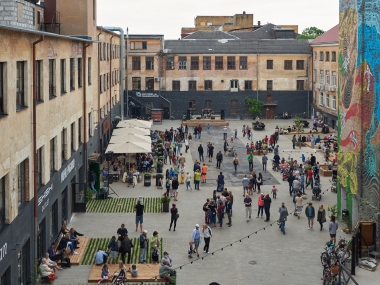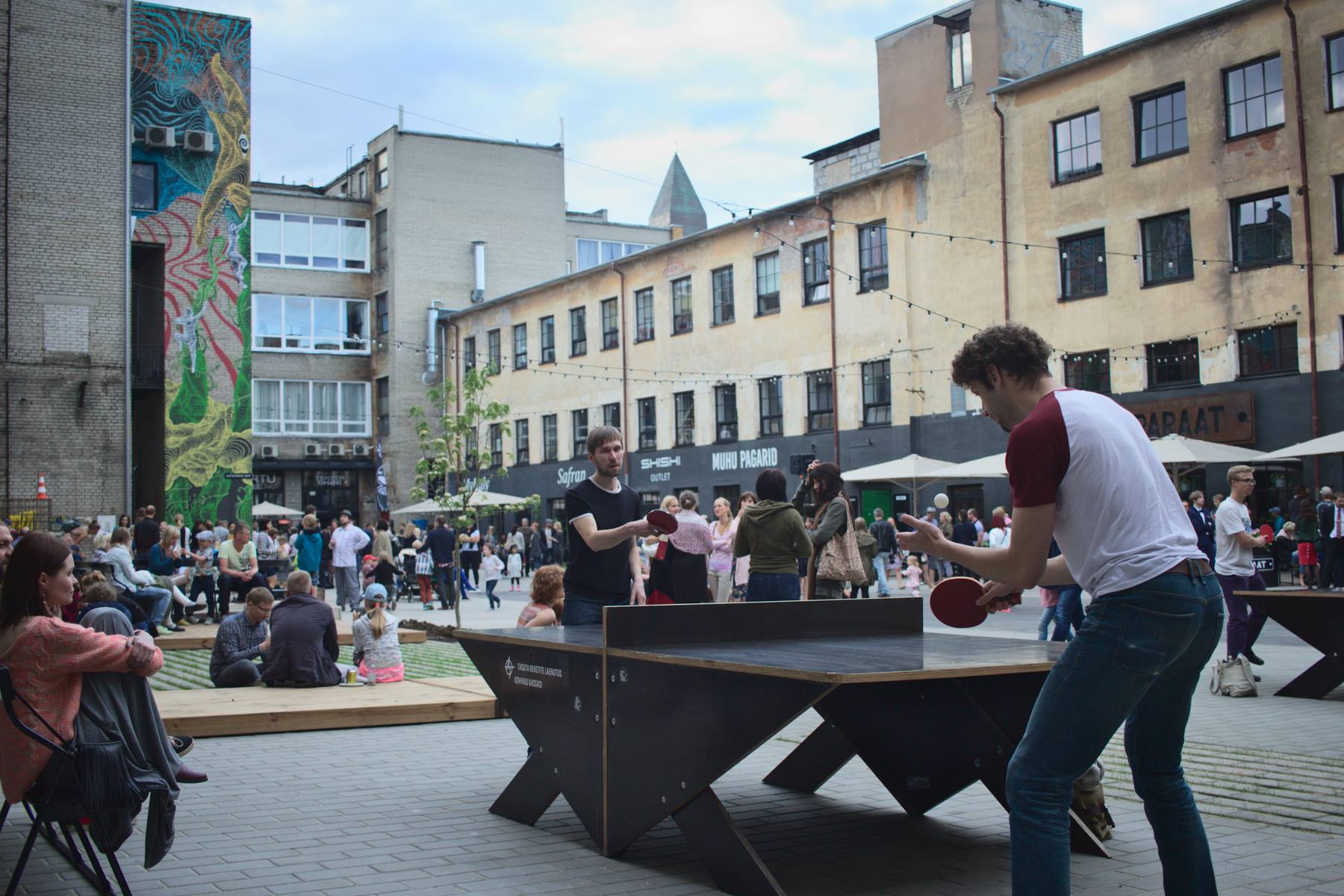A lack of communication is bad communication
Edited on
28 September 2017There are vast amounts of different types of information floating around and influencing our decisions and behaviour on a daily basis. One negative comment in digital media can easily shift the actual focus into a completely different light, or just the opposite – positive argumentation at the right moment has the remarkable power to change people`s opinions. The question of how to manage beliefs and information is also of key importance when it comes to engaging citizens and developing a co-creational environment.
One very illustrative case, or example, about the strength of communication carried out using effective tools can be found in the form of the participative budgeting process in Tartu.

A small interactive experiment with participants in the Interactive Cities meeting
The meeting with our partners from the Interactive Cities project took place in Tartu, at the beginning of June 2017. The venue for the first day was the Club of Different Rooms, which is not a typical seminar hall, but instead home to an interactive theatre. The room was set up with interactive furniture, in order to be able to carry out different decision formation processes with groups of people. It was the decision of the project team from Tartu to use such an inspirational environment. They prepared a short interactive game to test the importance of the difference when people make a decision in a situation in which they lack background information, compared to the results when people are affected by promotion in the public decision processes.
Participants in Interactive Cities basically served as a reference group, who only received basic information about the 6 best ideas from Tartu’s participative budgeting process in autumn 2016.
The participants sat at 8 interactive tables and each table had 3 votes. They had to choose the ideas to which they would lend their voices. This procedure was similar to the process of ‘real’ participative budgeting voting in Tartu, in which all registered citizens have the opportunity to give 3 votes to one or several ideas. The results of the participative budgeting game can be seen in the following picture.
 |
Did the citizens of Tartu vote the same way?
Prior to and during the voting period for participative budgeting voting in Tartu, it is allowed and very much expected that the presenters or ‘owners’ of the ideas promote their notions themselves and boost cooperation inside communities. In 2016, many of them used the possibility to introduce their ideas; however, 2 of them enjoyed much greater visibility.
One of the ideas, which attained a great deal of attention through campaigning, was the Reconstruction of the Roof of the Historic Stable Building. The idea was first submitted in 2015, although it only placed 4th at the time (only the top 2 ideas gathering the most public support will be implemented with the funding of the participative budgeting). In 2016, the support group for the idea Roof of the Stable prepared and executed a remarkable campaign in order to win. They used their 2 main beneficiaries – children and horses – in their promotional campaign. They produced a video which was presented in social media and on public screens throughout Tartu, e.g. Tartu’s biggest cinema. Additionally, for a period of a week, children with horses walked in the city hall square asking people to vote for their idea.
The other group that contributed to cooperation inside the community was the support group for the idea Aparaaditehas Pocket Park. This group used different channels, as well as social media, to activate people who were already connected to, or acquainted with, Aparaaditehas, to vote for the idea. The target group was big enough, as there are more than 90 tenants in Aparaaditehas, the local café serves hundreds of visitors each week, and different events and meetings take place there often.
 |
Results
The two ideas described above received almost one third of the votes cast and won financing from Tartu’s 2016 participative budgeting vote. In the competition between the 6 best ideas those same winning ideas placed last and received the fewest votes from among the participants in the transnational Interactive Cities project event. A summary table with results is provided below.
 |
Public information concerning the local government competes for the attention of citizens against thousands of (highly paid) publications. To find the right audience and work with them continuously is one option.
Municipality of Tartu
Submitted by fvirgilio on
